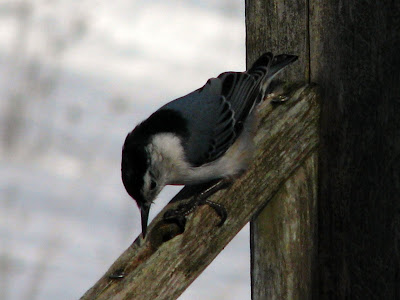.
I was introduced to the Black-bellied Whistling-duck (Dendrocygna autumnalis) on my first birding trip to S. Texas several years ago. While touring the King Ranch as a new birder, we encountered a pond within the immense property that was literally filled to the brim with these noisy waterfowl. We heard them before we saw them. There were so many, one could hardly see the surface of the water. In his book Essential Field Guide Companion, Peter Dunne describes them as " very vocal, but not necessarily loud. Their call is a squealing whistle followed by two (or more) high, sharp stuttered peepings." While they may not be very loud, when there are hundreds, their vocalizations fill the air.
Most recently, I've had the pleasure of observing the Black-bellied Whistling-ducks on my visits to the inner-city Brackenridge Park in San Antonio, Texas.
(click picture to enlarge)
This waterfowl, a medium sized (19" - 21") goose-like duck, slightly smaller than a Mallard, favors fresh water habitats surrounded by trees, but can be found foraging in dry fields. Here they have found safety in numbers in the brackish waters within the confines of the park along the San Antonio River.
Mostly found in the subtropic environments of southern-most US to Central South America, they are pretty much non-migratory.
Mostly found in the subtropic environments of southern-most US to Central South America, they are pretty much non-migratory.
They can often be seen perched in nearby trees. As a matter of fact, they were once known as black-bellied tree-ducks because they nest in tree cavities.
And they don't mind sharing their space with others!
.
.
I always look forward to leisurely strolls through Brackenridge Park when I visit San Antonio, a place to escape the city for an hour, an afternoon, or even a whole day, in the company of my daughter.
To view more entries, click HERE!





























+Ried+St.+Pk..jpg)







.jpg)














































